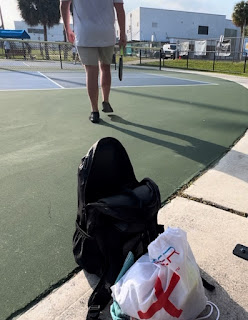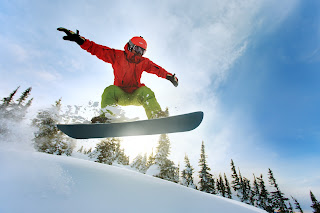Movie Conventions Research: Death on the Nile
This movie sticks to the conventions of mystery movies as it has many common things that you might see in other mystery movies. Death on the Nile has things like foreshadowing, a “Whodunit” plot where the audience is trying to figure out who did the crime, and it is not revealed until the very end of the movie. It also holds an “Amateur detective” like plot, as the main character, Hercule Poirot, is an amateur detective who is not a member of law enforcement, and he takes it upon himself to solve the mystery and is motivated by his sense of justice and his desire to bring the killer to justice. The movie creates a suspenseful atmosphere through the use of music, lighting, and camera angles. The scenes that take place on the Nile river add to the sense of tension and danger, as the characters are isolated and at the mercy of the killer. "Death on the Nile" contains several plot twists that change the audience's perception of the events that have taken place. For example, the identity of the killer is revealed to be someone unexpected, and there are several smaller twists along the way that keep the audience engaged. The movie employs red herrings to throw the audience off the trail of the real killer. For example, several characters are presented as potential suspects throughout the movie, but many of them turn out to be innocent.. The movie presents a series of clues that the audience must piece together to solve the mystery. These clues are often presented in the form of conversations between characters, objects that are found, or behaviors that are observed.. Death on the Nile not only follows plots common in other mystery movies, but it uses plenty of camera angles and shots to follow conventions as well. For example, it uses close up shots to give clues to the audience, low-angle shots to show dominance, and long shots to show the isolation of characters while on a river, Tracking shots to follow characters as they move through the environment. These shots can create a sense of tension and anticipation as the audience waits to see what will happen next. In "Death on the Nile," tracking shots are used to follow the characters as they move through the boat, searching for clues and interacting with each other, Point-of-view shots to show the audience what a character is seeing or experiencing. These shots can create a sense of immediacy and help the audience feel more involved in the action. For example, there are several point-of-view shots that show the killer's perspective as they plan and carry out the murder. Overall, "Death on the Nile" uses a variety of camera angles and shots to create a sense of tension and suspense that is common in mystery movies. These techniques help to engage the audience and keep them guessing as the plot unfolds.




Comments
Post a Comment